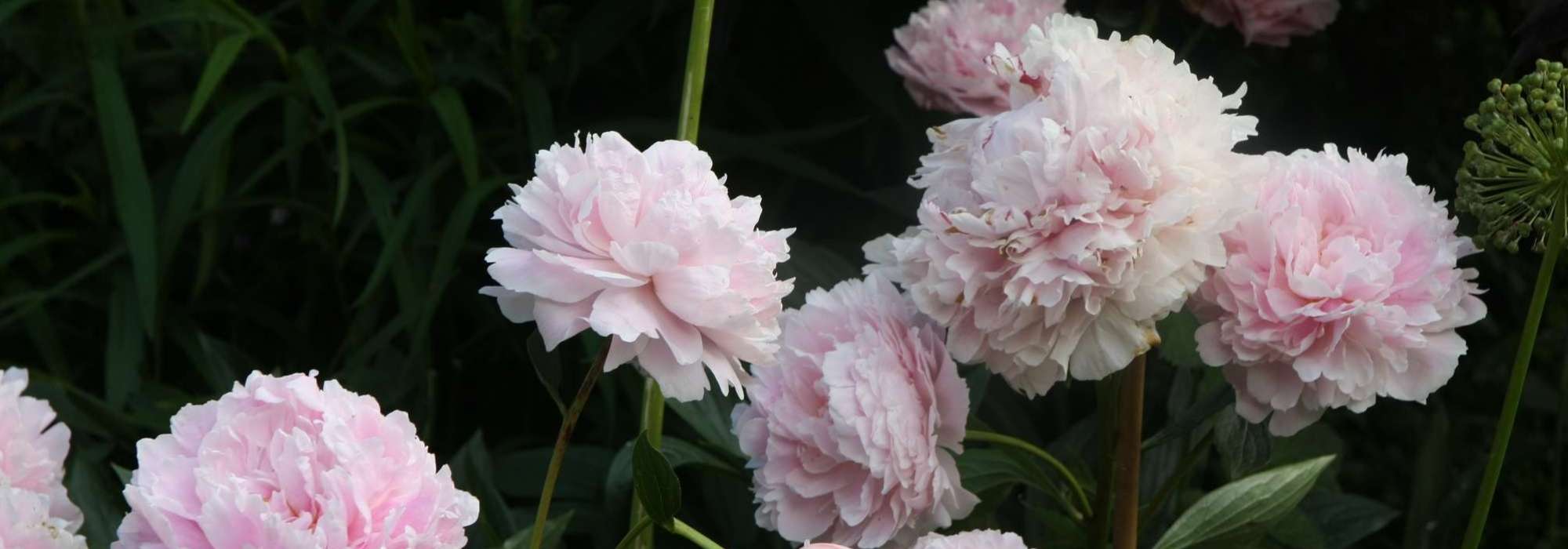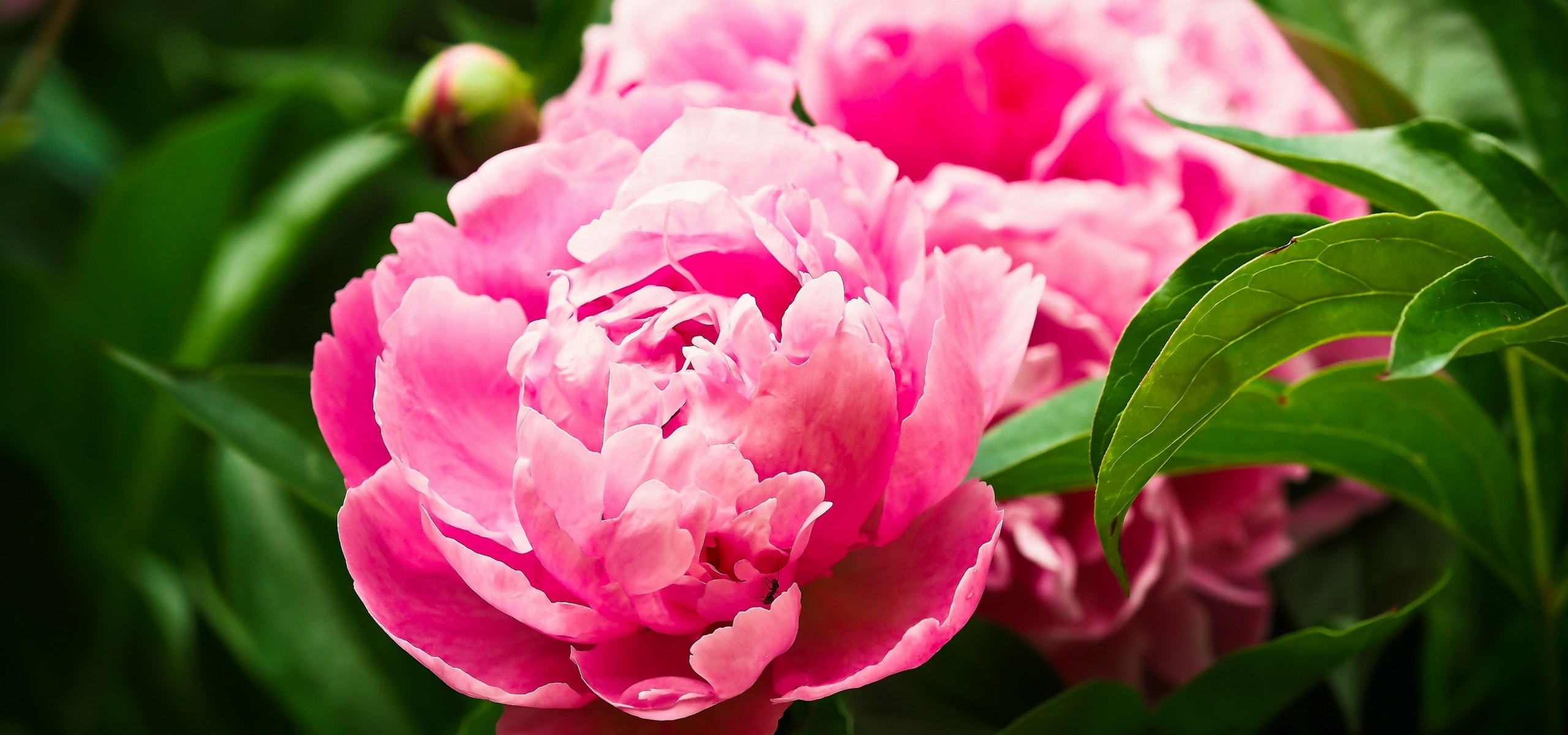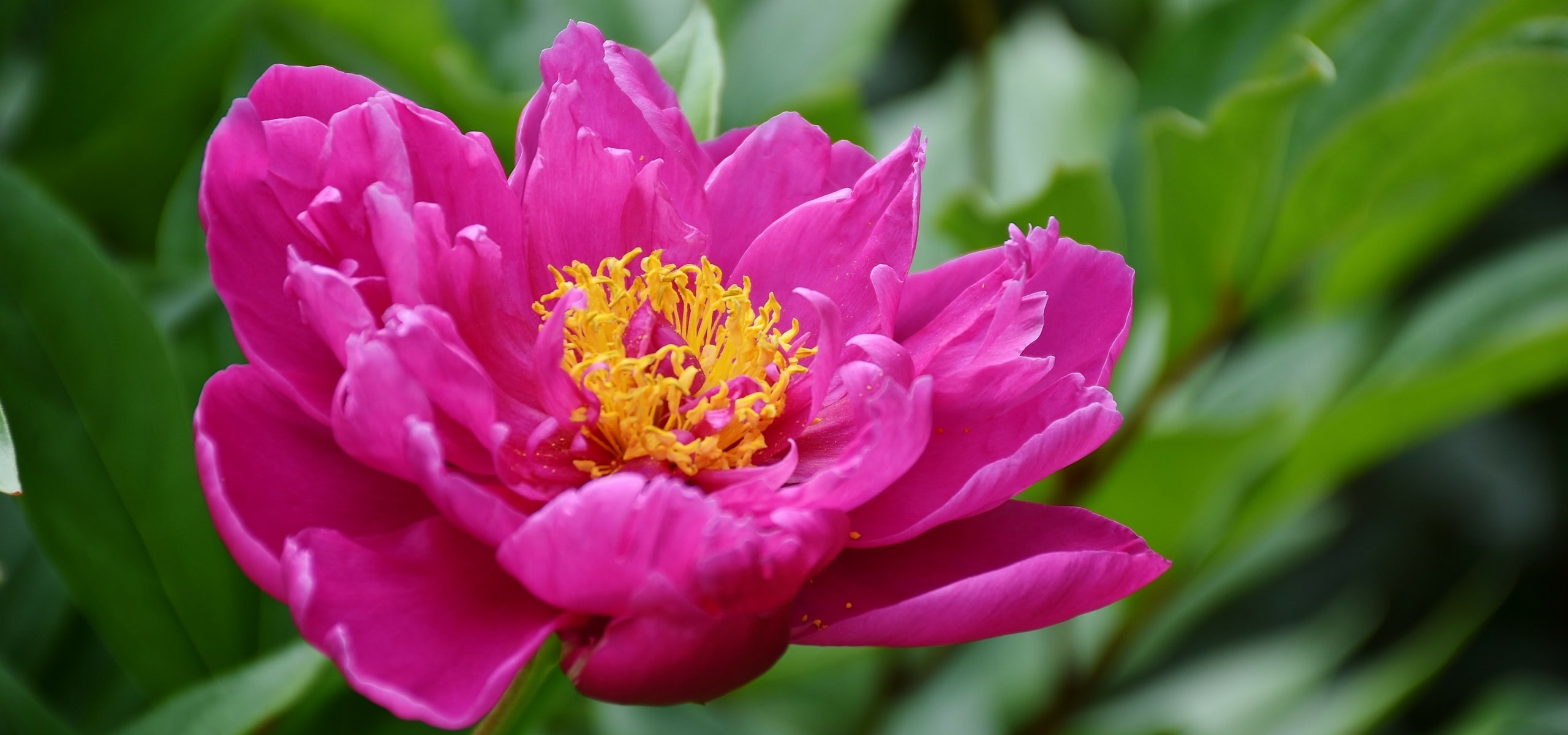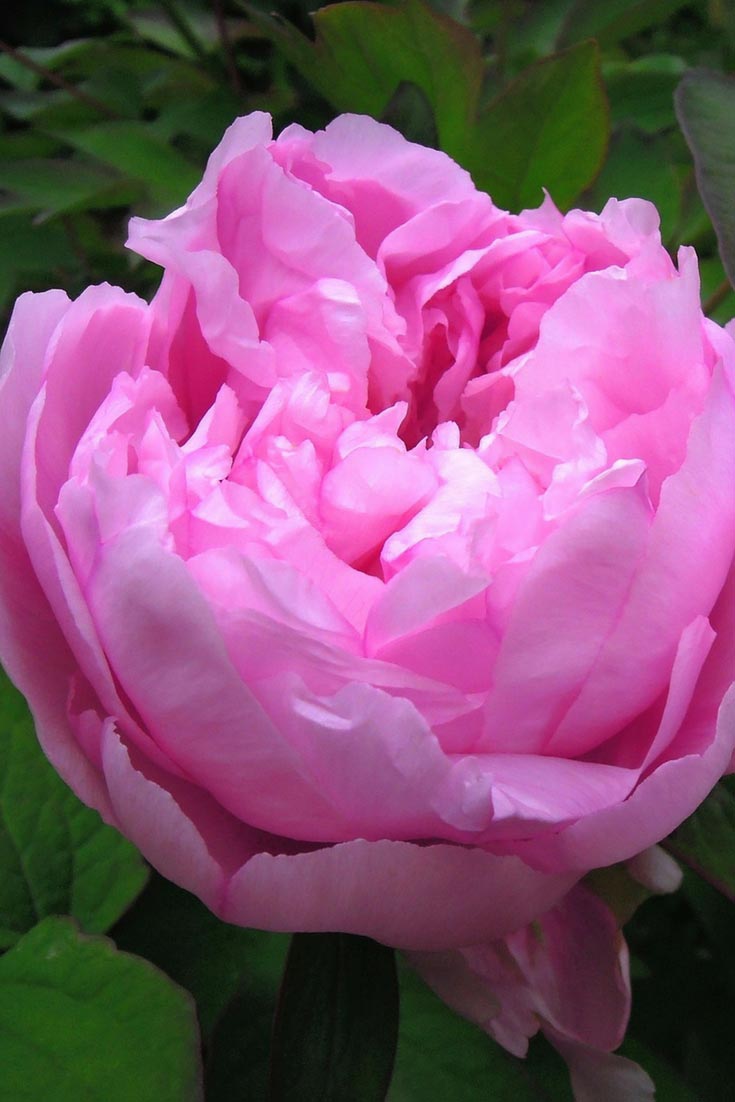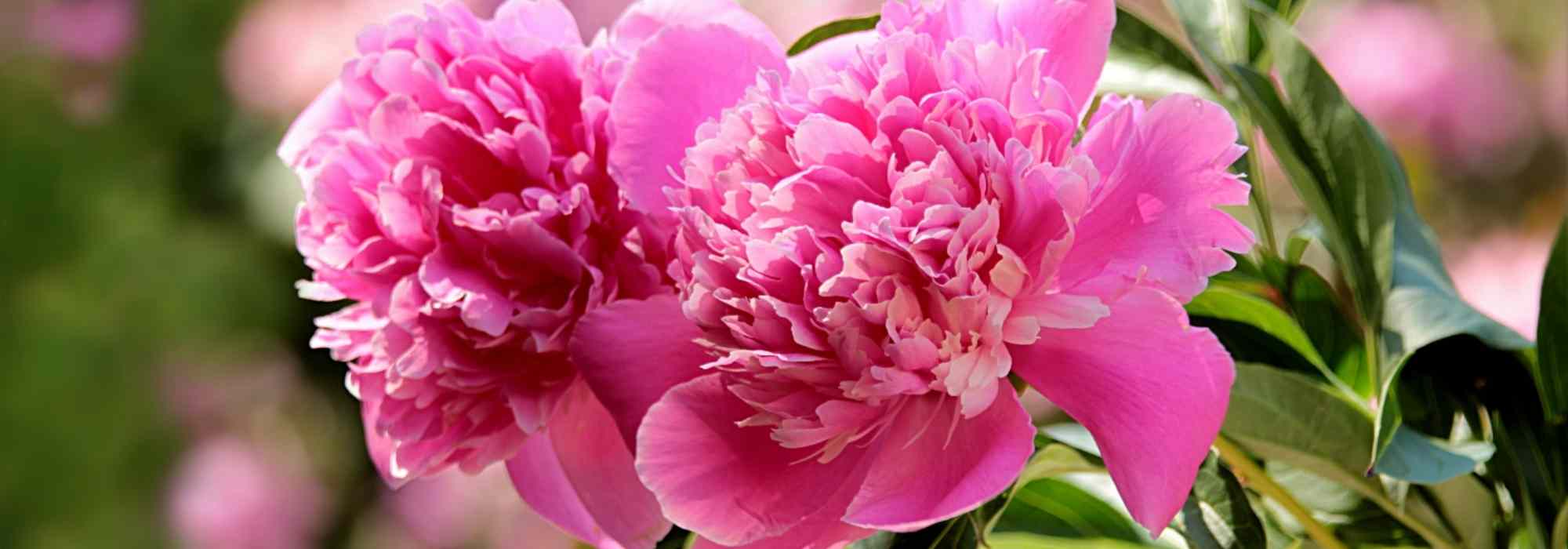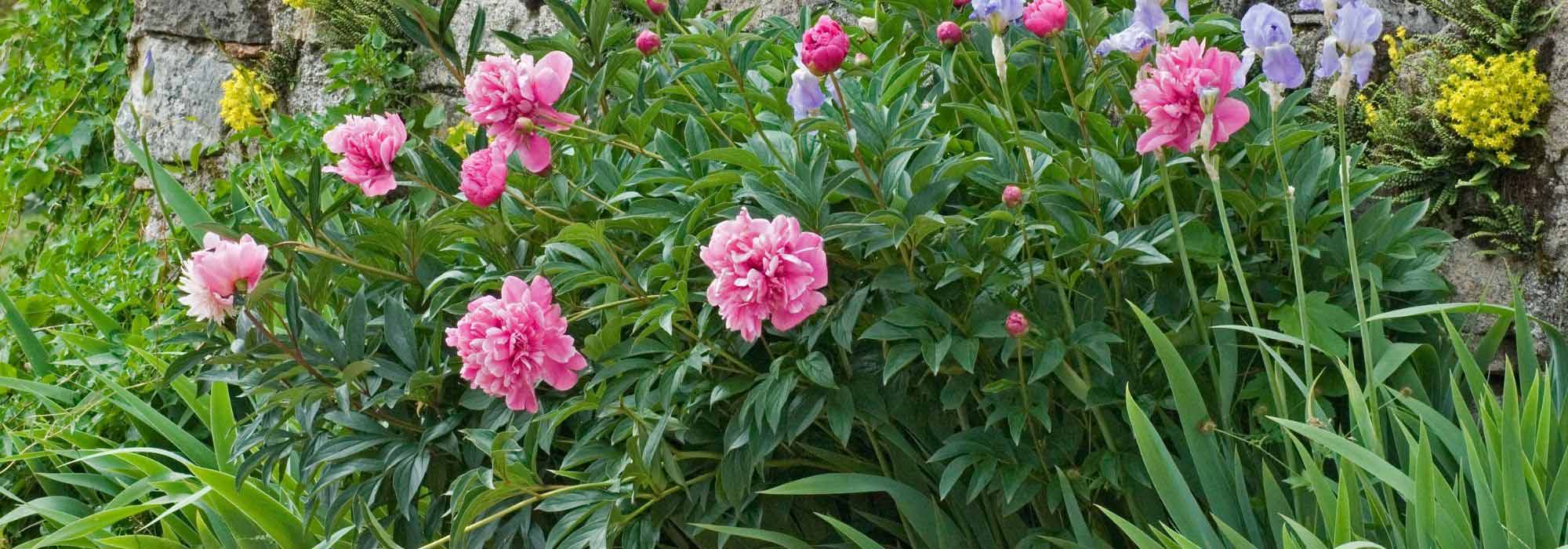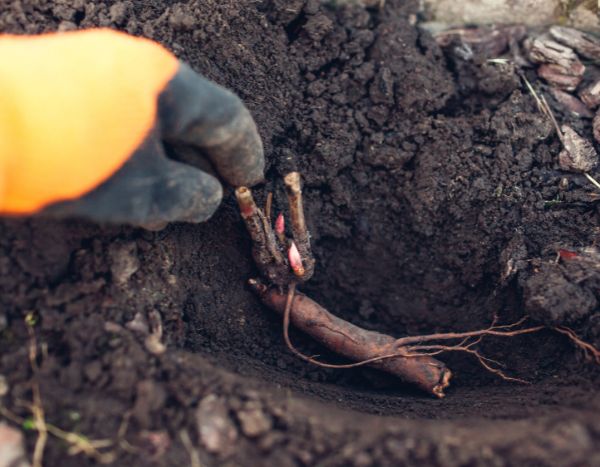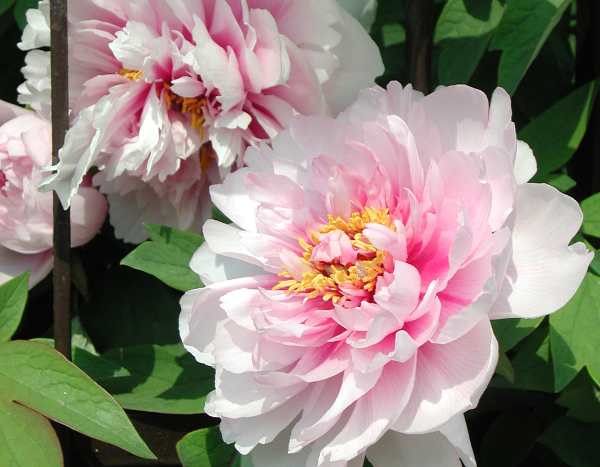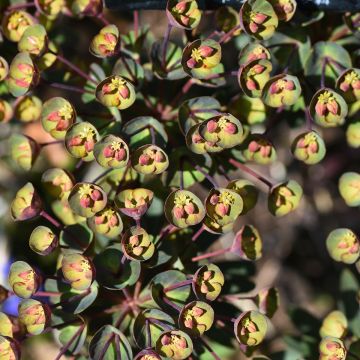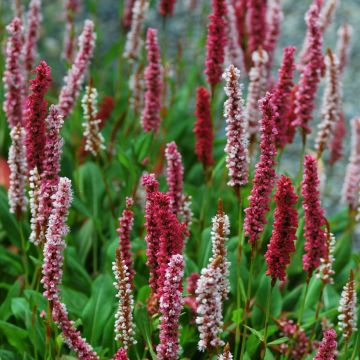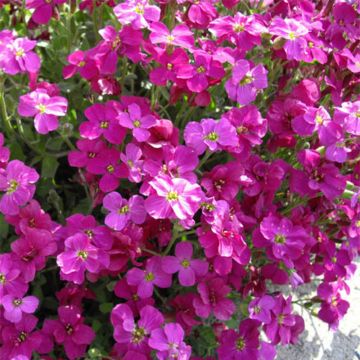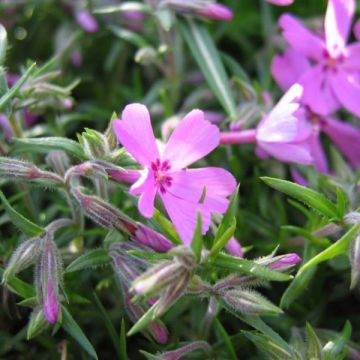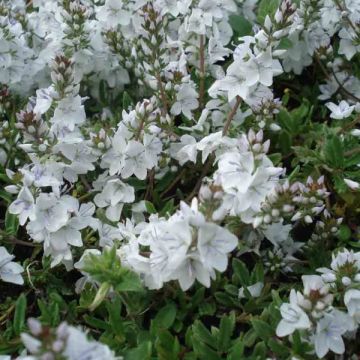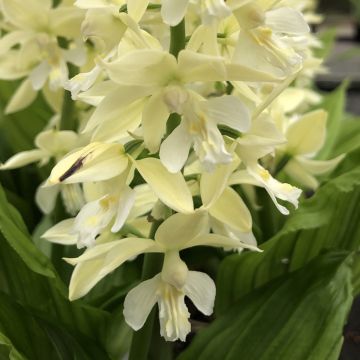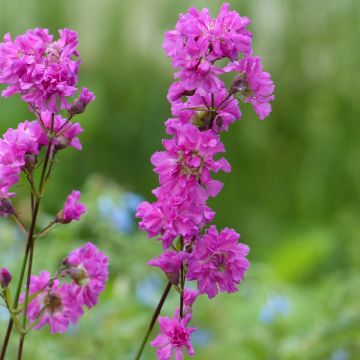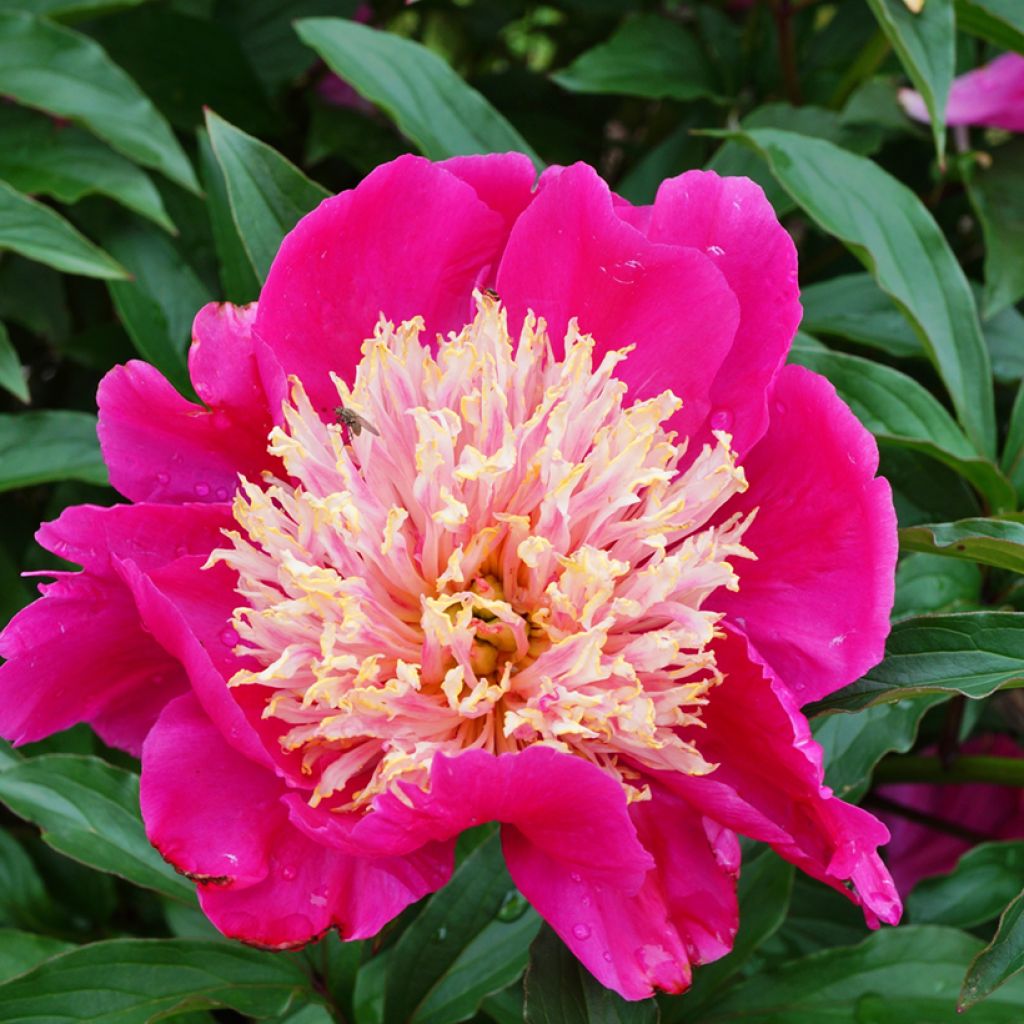

Paeonia lactiflora Tom Cat
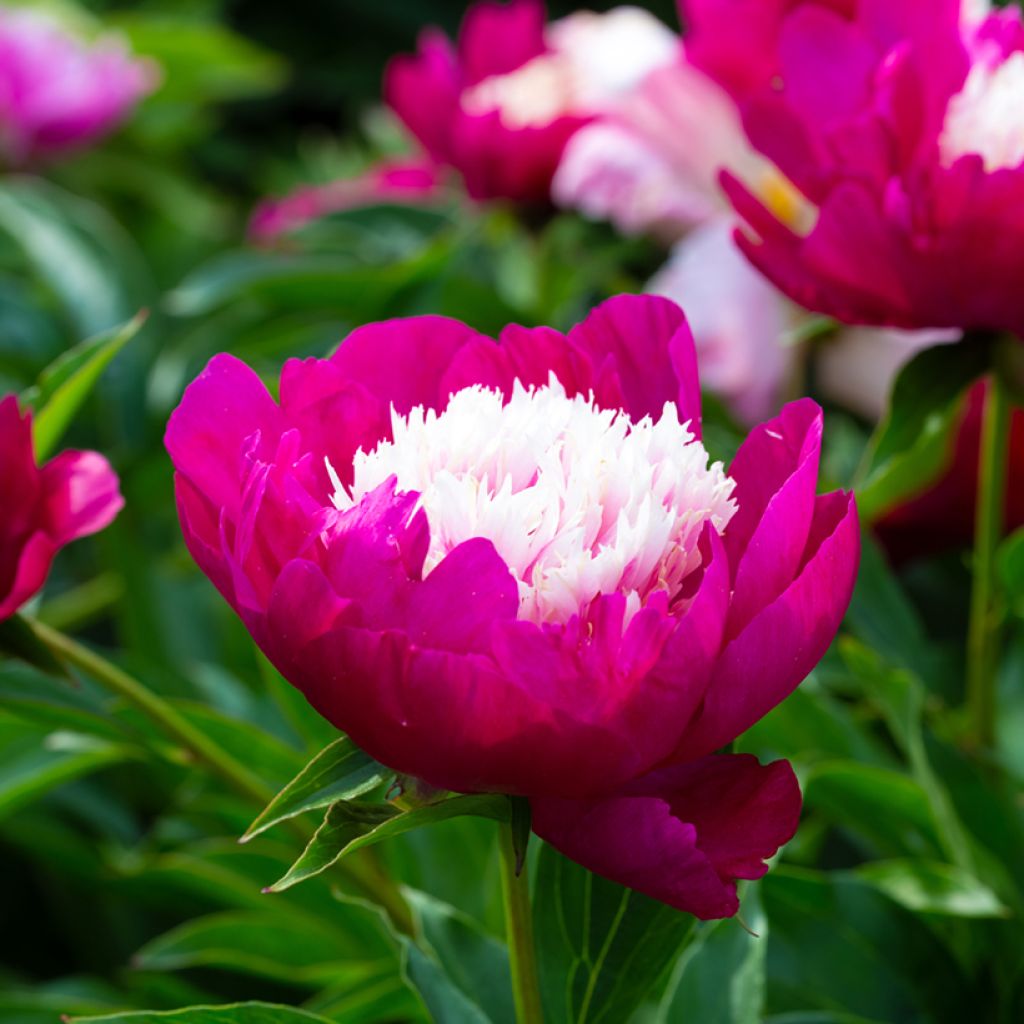

Paeonia lactiflora Tom Cat
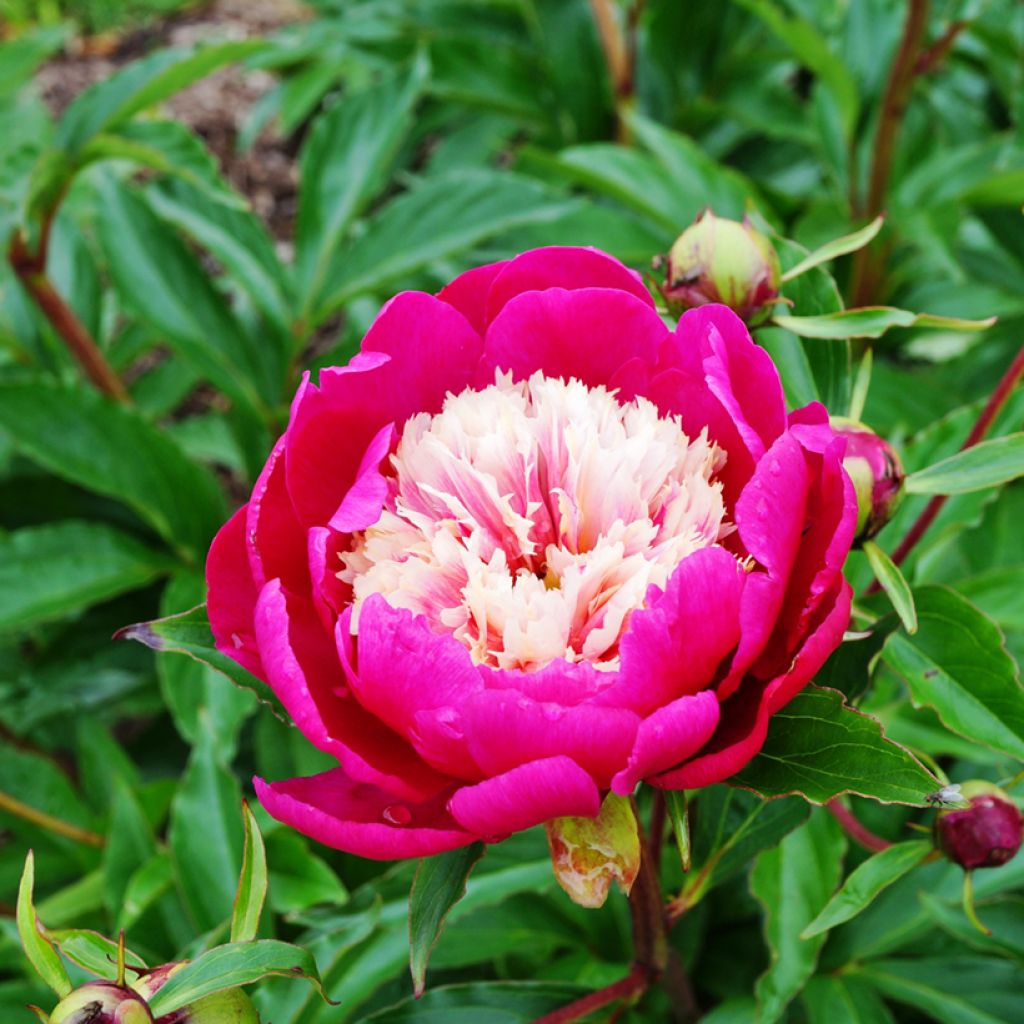

Paeonia lactiflora Tom Cat
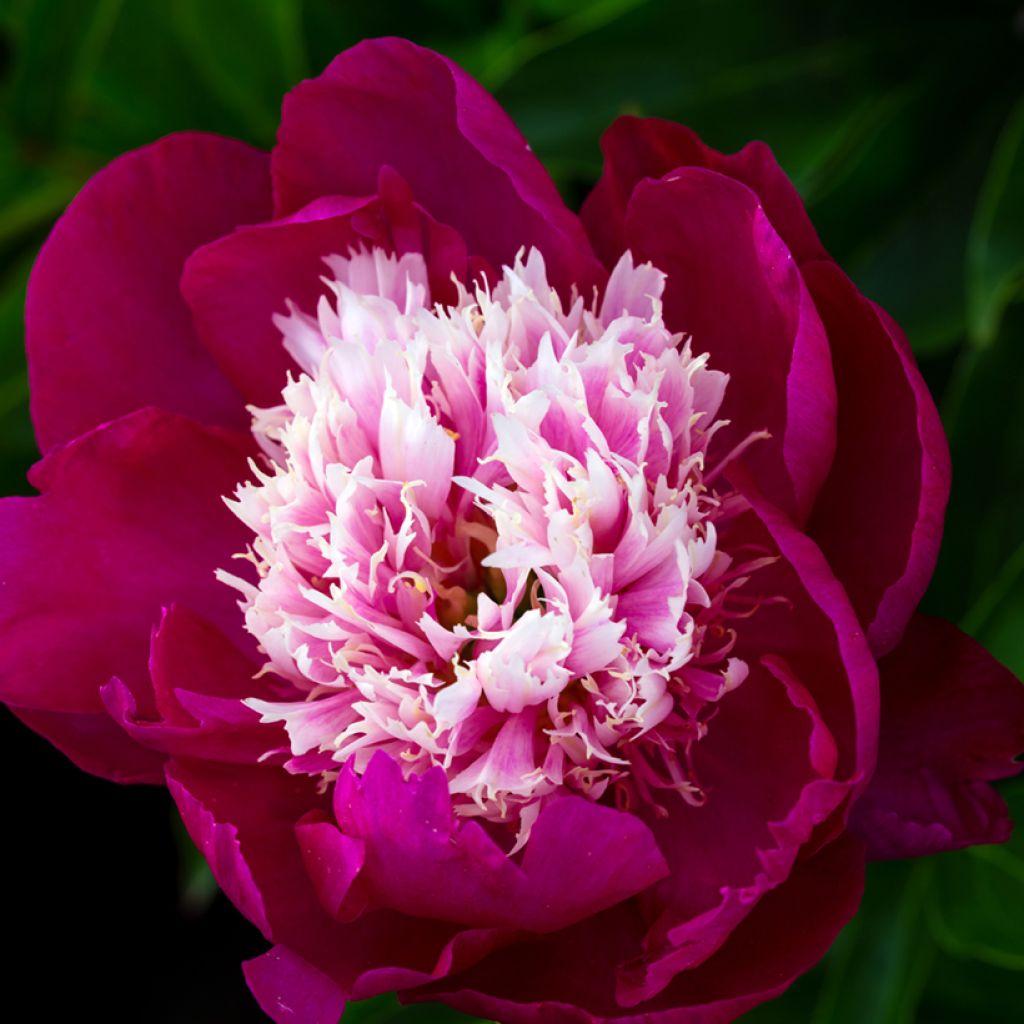

Paeonia lactiflora Tom Cat
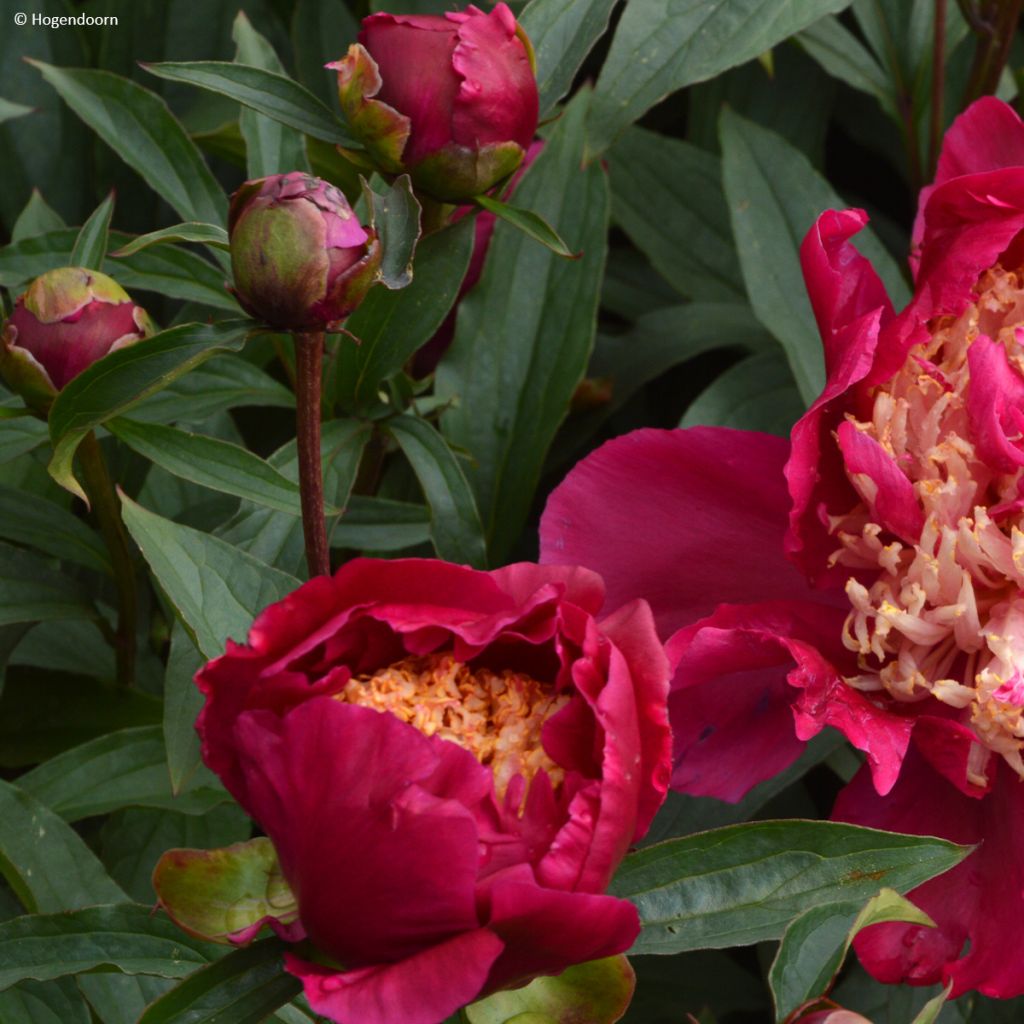

Paeonia lactiflora Tom Cat
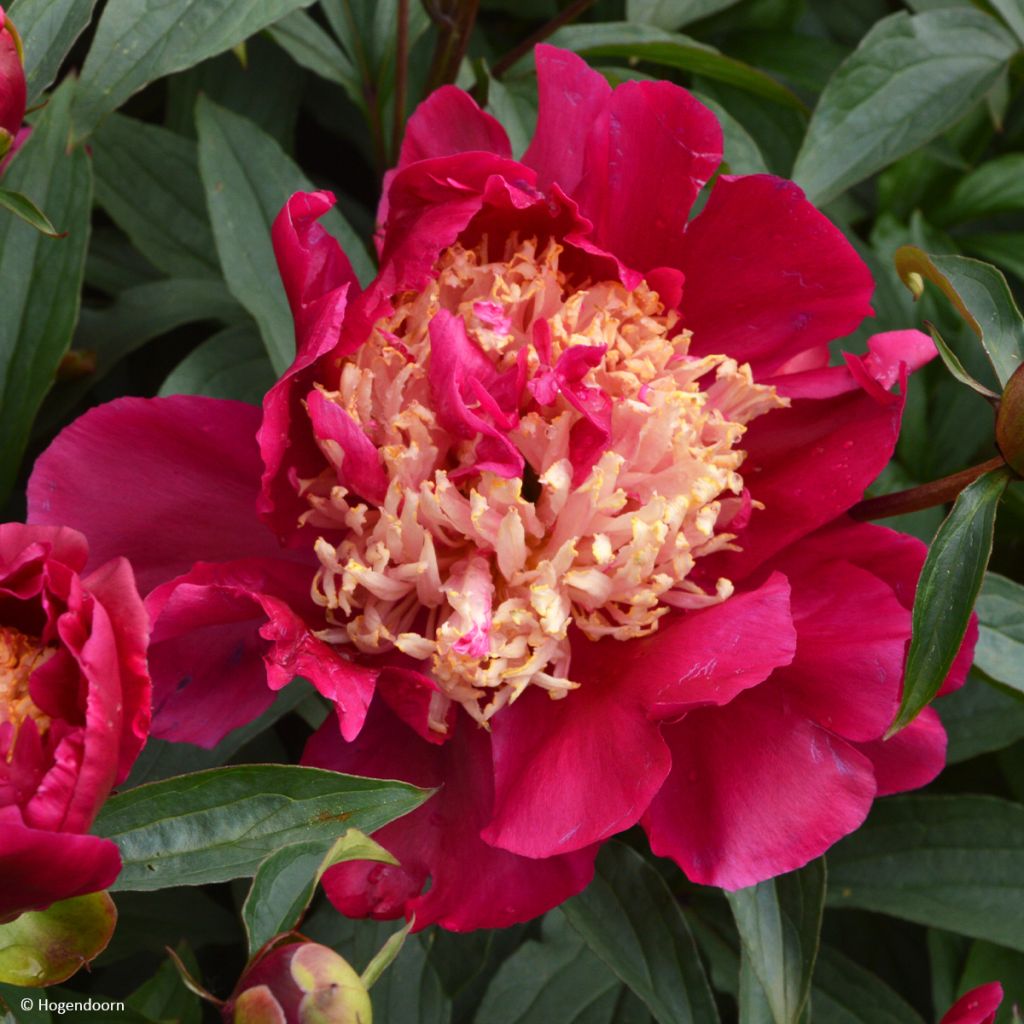

Paeonia lactiflora Tom Cat
Paeonia lactiflora Tom Cat
Paeonia x lactiflora Tom Cat
Chinese Peony, Common Garden Peony
Special offer!
Receive a €20 voucher for any order over €90 (excluding delivery costs, credit notes, and plastic-free options)!
1- Add your favorite plants to your cart.
2- Once you have reached €90, confirm your order (you can even choose the delivery date!).
3- As soon as your order is shipped, you will receive an email containing your voucher code, valid for 3 months (90 days).
Your voucher is unique and can only be used once, for any order with a minimum value of €20, excluding delivery costs.
Can be combined with other current offers, non-divisible and non-refundable.
Home or relay delivery (depending on size and destination)
Schedule delivery date,
and select date in basket
This plant carries a 12 months recovery warranty
More information
We guarantee the quality of our plants for a full growing cycle, and will replace at our expense any plant that fails to recover under normal climatic and planting conditions.
Does this plant fit my garden?
Set up your Plantfit profile →
Description
Paeonia lactiflora Tom Cat is a variety of herbaceous Peony of the "Japanese" type that offers abundant, refined, and subtly scented flowering. It is a mid-season variety that produces a large number of wide flowers composed of a corolla of rounded, carmine red petals and a heart composed of fine petaloids in a mix of cream white and purple, with few stamens. Its unusual flower colour and shape make this variety unique. The flowers rise above the foliage on stiff stems, both in the garden and in a vase. Easy to grow in many regions, Chinese Peonies are robust and faithful perennials. They may take a little time to establish, but they grow year after year and can live for more than 50 years.
Chinese herbaceous Peonies mainly come from Paeonia lactiflora, a perennial herbaceous plant native to central and eastern Asia (from eastern Tibet, northern China, to eastern Siberia), where it naturally grows in woods and meadows. This plant belongs to the Ranunculaceae or Paeoniaceae family. Herbaceous Peonies, perennials by virtue of their roots, form a clump of foliage that completely disappears in winter.
The Tom Cat Peony was hybridised by Carl G. Klehm in 2000, in Illinois (United States). The plant forms a bushy clump from spring onwards, moderately dense, reaching 70 cm (28in) in all directions. Its large flowers, 16 to 18 cm (6 to 7in) in diameter, appear in mid-season in June, depending on the climate, and last for about three weeks. They bloom at the end of the stems, but also from a few secondary buds. They emerge as a pinkish red bud. This variety has good vegetation and remarkable longevity. The young foliage, purple and shiny, unfolds into large, dark green, deeply cut leaves. They are carried on a petiole that divides into 3, with lanceolate or ovate-lanceolate segments. The leaflets are entire or sometimes lobed. The vegetation disappears in winter, while the buds that will develop in spring persist at ground level. This long-lived perennial plant grows from a large fleshy root that does not appreciate being moved.
Japanese Peonies are among those plants that form the foundations of a garden. The Tom Cat Peony can be planted in borders or alongside pathways, combined with timeless and unpretentious perennials such as Irises, Columbines, bellflowers, perennial geraniums, carnations or Christmas roses. It can also be grown in the vegetable garden to supply cut flowers for the house. Pot cultivation is not recommended, as its needs will not be met. Over time peonies becomes majestic and bloom ever more abundantly, producing up to 60 flowers. By combining different varieties with staggered flowering, it is possible to have blooms for 6 weeks from spring to early summer. By combining different varieties with staggered flowering times, it is possible to have flowers for 6 weeks from spring to early summer.
Paeonia lactiflora Tom Cat in pictures
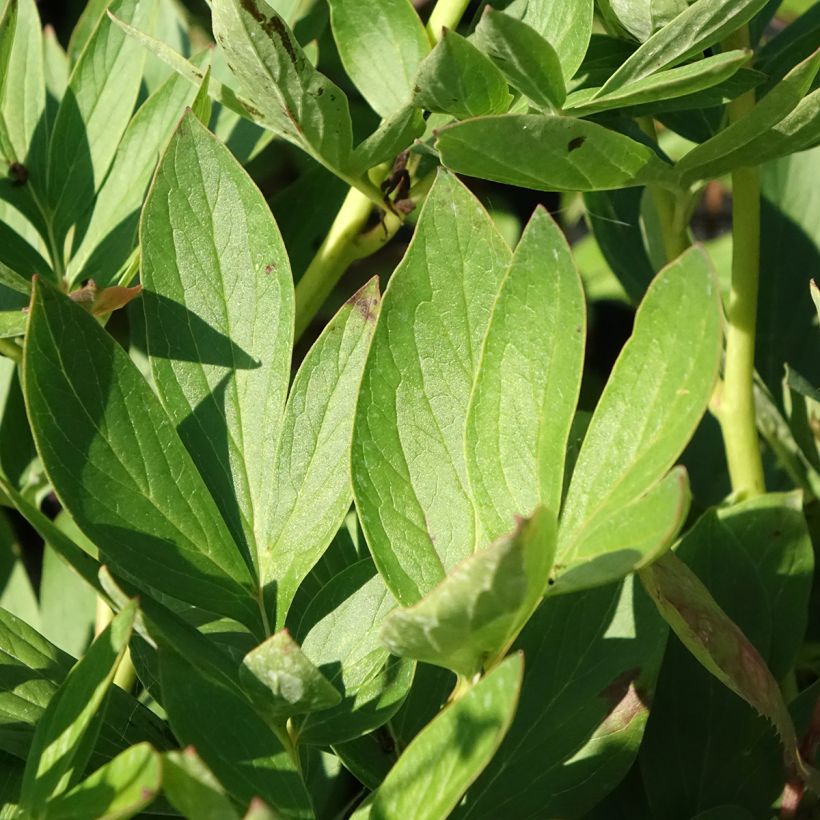

Flowering
Foliage
Plant habit
Botanical data
Paeonia
x lactiflora
Tom Cat
Ranunculaceae
Chinese Peony, Common Garden Peony
Cultivar or hybrid
Planting and care
The best time to plant peonies is in autumn. Install in a sunny or well-lit location, spaced 60 cm (24in) apart. They appreciate cold winters that promote dormancy and flower formation. The soil should be loose, deep, fertile, and moist. They need space and are sensitive to competition from other species. Prepare a hole 50 cm (20in) deep and mix organic fertiliser into your soil, partially backfill, place your plants inside, and cover with 6 cm (2in) of soil above the eyes. After planting, tamp down and water generously. Our bouquet tip: cut your peonies at sunrise when the buds start to colour. Don't delay in putting them in water.
Planting period
Intended location
Care
Planting & care advice
This item has not been reviewed yet - be the first to leave a review about it.
Similar products
Haven't found what you were looking for?
Hardiness is the lowest winter temperature a plant can endure without suffering serious damage or even dying. However, hardiness is affected by location (a sheltered area, such as a patio), protection (winter cover) and soil type (hardiness is improved by well-drained soil).

Photo Sharing Terms & Conditions
In order to encourage gardeners to interact and share their experiences, Promesse de fleurs offers various media enabling content to be uploaded onto its Site - in particular via the ‘Photo sharing’ module.
The User agrees to refrain from:
- Posting any content that is illegal, prejudicial, insulting, racist, inciteful to hatred, revisionist, contrary to public decency, that infringes on privacy or on the privacy rights of third parties, in particular the publicity rights of persons and goods, intellectual property rights, or the right to privacy.
- Submitting content on behalf of a third party;
- Impersonate the identity of a third party and/or publish any personal information about a third party;
In general, the User undertakes to refrain from any unethical behaviour.
All Content (in particular text, comments, files, images, photos, videos, creative works, etc.), which may be subject to property or intellectual property rights, image or other private rights, shall remain the property of the User, subject to the limited rights granted by the terms of the licence granted by Promesse de fleurs as stated below. Users are at liberty to publish or not to publish such Content on the Site, notably via the ‘Photo Sharing’ facility, and accept that this Content shall be made public and freely accessible, notably on the Internet.
Users further acknowledge, undertake to have ,and guarantee that they hold all necessary rights and permissions to publish such material on the Site, in particular with regard to the legislation in force pertaining to any privacy, property, intellectual property, image, or contractual rights, or rights of any other nature. By publishing such Content on the Site, Users acknowledge accepting full liability as publishers of the Content within the meaning of the law, and grant Promesse de fleurs, free of charge, an inclusive, worldwide licence for the said Content for the entire duration of its publication, including all reproduction, representation, up/downloading, displaying, performing, transmission, and storage rights.
Users also grant permission for their name to be linked to the Content and accept that this link may not always be made available.
By engaging in posting material, Users consent to their Content becoming automatically accessible on the Internet, in particular on other sites and/or blogs and/or web pages of the Promesse de fleurs site, including in particular social pages and the Promesse de fleurs catalogue.
Users may secure the removal of entrusted content free of charge by issuing a simple request via our contact form.
The flowering period indicated on our website applies to countries and regions located in USDA zone 8 (France, the United Kingdom, Ireland, the Netherlands, etc.)
It will vary according to where you live:
- In zones 9 to 10 (Italy, Spain, Greece, etc.), flowering will occur about 2 to 4 weeks earlier.
- In zones 6 to 7 (Germany, Poland, Slovenia, and lower mountainous regions), flowering will be delayed by 2 to 3 weeks.
- In zone 5 (Central Europe, Scandinavia), blooming will be delayed by 3 to 5 weeks.
In temperate climates, pruning of spring-flowering shrubs (forsythia, spireas, etc.) should be done just after flowering.
Pruning of summer-flowering shrubs (Indian Lilac, Perovskia, etc.) can be done in winter or spring.
In cold regions as well as with frost-sensitive plants, avoid pruning too early when severe frosts may still occur.
The planting period indicated on our website applies to countries and regions located in USDA zone 8 (France, United Kingdom, Ireland, Netherlands).
It will vary according to where you live:
- In Mediterranean zones (Marseille, Madrid, Milan, etc.), autumn and winter are the best planting periods.
- In continental zones (Strasbourg, Munich, Vienna, etc.), delay planting by 2 to 3 weeks in spring and bring it forward by 2 to 4 weeks in autumn.
- In mountainous regions (the Alps, Pyrenees, Carpathians, etc.), it is best to plant in late spring (May-June) or late summer (August-September).
The harvesting period indicated on our website applies to countries and regions in USDA zone 8 (France, England, Ireland, the Netherlands).
In colder areas (Scandinavia, Poland, Austria...) fruit and vegetable harvests are likely to be delayed by 3-4 weeks.
In warmer areas (Italy, Spain, Greece, etc.), harvesting will probably take place earlier, depending on weather conditions.
The sowing periods indicated on our website apply to countries and regions within USDA Zone 8 (France, UK, Ireland, Netherlands).
In colder areas (Scandinavia, Poland, Austria...), delay any outdoor sowing by 3-4 weeks, or sow under glass.
In warmer climes (Italy, Spain, Greece, etc.), bring outdoor sowing forward by a few weeks.






























